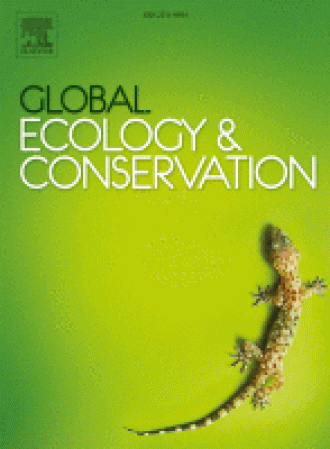Rapid behavioral responses of endangered tigers to major roads during COVID-19 lockdown
Abstract
Roads pose a major, and growing, challenge for the conservation of endangered species. However, very little is known about how endangered species behaviorally respond to roads and what that means for road mitigation strategies. We used the nation-wide lockdown in Nepal during the COVID-19 pandemic as a natural experiment to investigate how dramatic reductions in traffic volume along the national highway affected movements of two GPS-collared tigers (Panthera tigris)—a globally endangered species. This work is the first systematic research on tigers in Nepal using radiotelemetry or GPS tracking data since the 1980s. We found that the highway more strongly constrained the space use and habitat selection of the male in Parsa National Park than the female in Bardia National Park. Over the entire study period, the female on average crossed 10 times more often per week than the male, and when he was near the highway, he was over 11 times more probable to not cross it than to cross during the day. However, we also found that the cessation of traffic during the pandemic lockdown relaxed tiger avoidance of roads and made the highway more permeable for both animals. They were 2–3 times more probable to cross the highway during the lockdown than before the lockdown. In the month following the lockdown, the space use area of the male tiger tripled in size (160–550 km2), whereas the female’s shrunk to half its previous size (33–15 km2). These divergent patterns likely reflect differences between the two parks in their highway traffic volumes and regulations as well as ecological conditions. Our results provide clear evidence that vehicle traffic on major roads impede tiger movements, but also that tigers can respond quickly to reductions in human pressures. We conclude by identifying various actions to mitigate road impacts on tigers and other endangered species.

